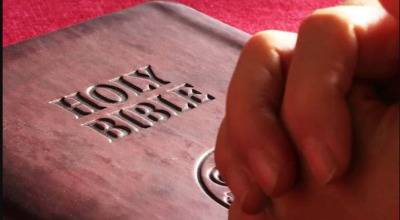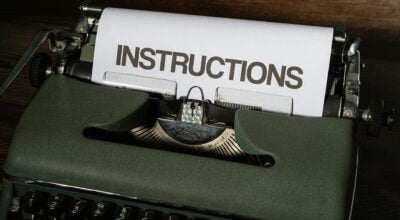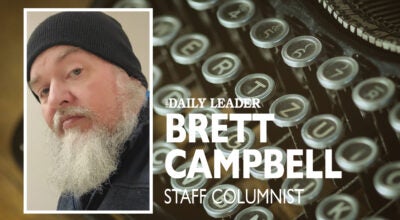Learn from the past, forge a new future
Published 8:51 pm Friday, February 9, 2018
I had read about the two new museums in Jackson. I had seen photographs. I had watched video.
But none of those things prepared me for the experience of actually visiting the Museum of Mississippi History and the Mississippi Civil Rights Museum.
The building (the two museums share a roof) is wonderfully designed and is everything you would expect of a more than $100 million facility. It is beautiful and breathtaking in itself. The exhibits are educational (of course they are, it’s a museum) and the staff is friendly.
I expected all of that. But I did not expect to be moved by the stories told through those exhibits. And I only had time to visit the history museum.
My visit to the museum started in a small, circular screening room where a mock fire danced up through several digital screens toward the ceiling. Morgan Freeman’s calming, familiar voice guides visitors through a short introductory video about the state’s complicated history.
And, not surprisingly, the video tells the state’s story accurately, with the confirmation that Mississippi left the Union in order to protect slavery. That vision of the state’s history flavors the rest of the museum, as well it should.
A common thread in the museum is not just the story of how black Mississippians were enslaved, but also how native Mississippians were moved off their ancestral lands. Mississippi as we know it today was created by these forces. The removal of native people. The subjugation of black people.
I grew up near a Choctaw reservation, and knew several Choctaw-speaking children. But my idea of the Choctaw tribe was colored by the contrast of wealthy casinos and crushing poverty. I did not know their history or appreciate their stories.
I did not know, for example, that the Choctaw and Chickasaw tribes share an origin story. Both tribes emerged from a either a mound or cave in Nanih Waiya in Winston County, according to legend.
The two tribes split after two brothers had different visions on where they should live. Though there are several different versions of the story, they end with Choctaws inhabiting Mississippi and Chickasaws migrating elsewhere.
There were exhibits about cotton, slavery, explorers, war, civil rights, mansions, Katrina, music and art — more than I could visit in a single afternoon. It was awe-inspiring and overwhelming.
Mississippi is a complicated place with a history to prove it. Its new museums show that complexity in unexpected ways. All Mississippians should visit the museums, if for no other reason than to remind us of where we come from. It’s easy to forget — or never know — the trials and tribulations that created this place we call home.
Magnolia State residents should take pride in the museums. There are none like them anywhere in the country. That’s a testament to the state’s willingness to take an honest look at its past, and hopefully forge a new future.
Publisher Luke Horton can be reached at luke.horton@dailyleader.com.





